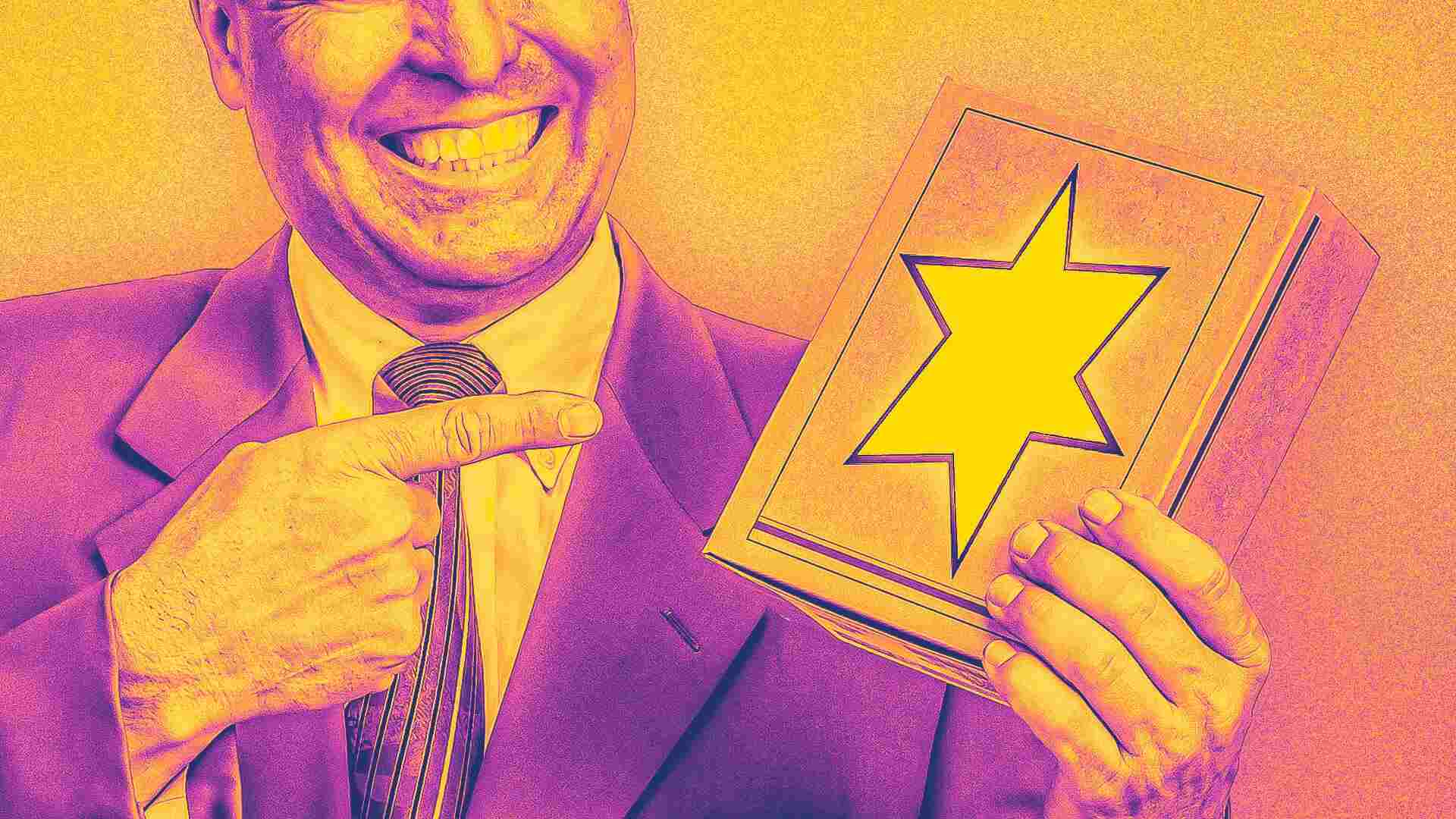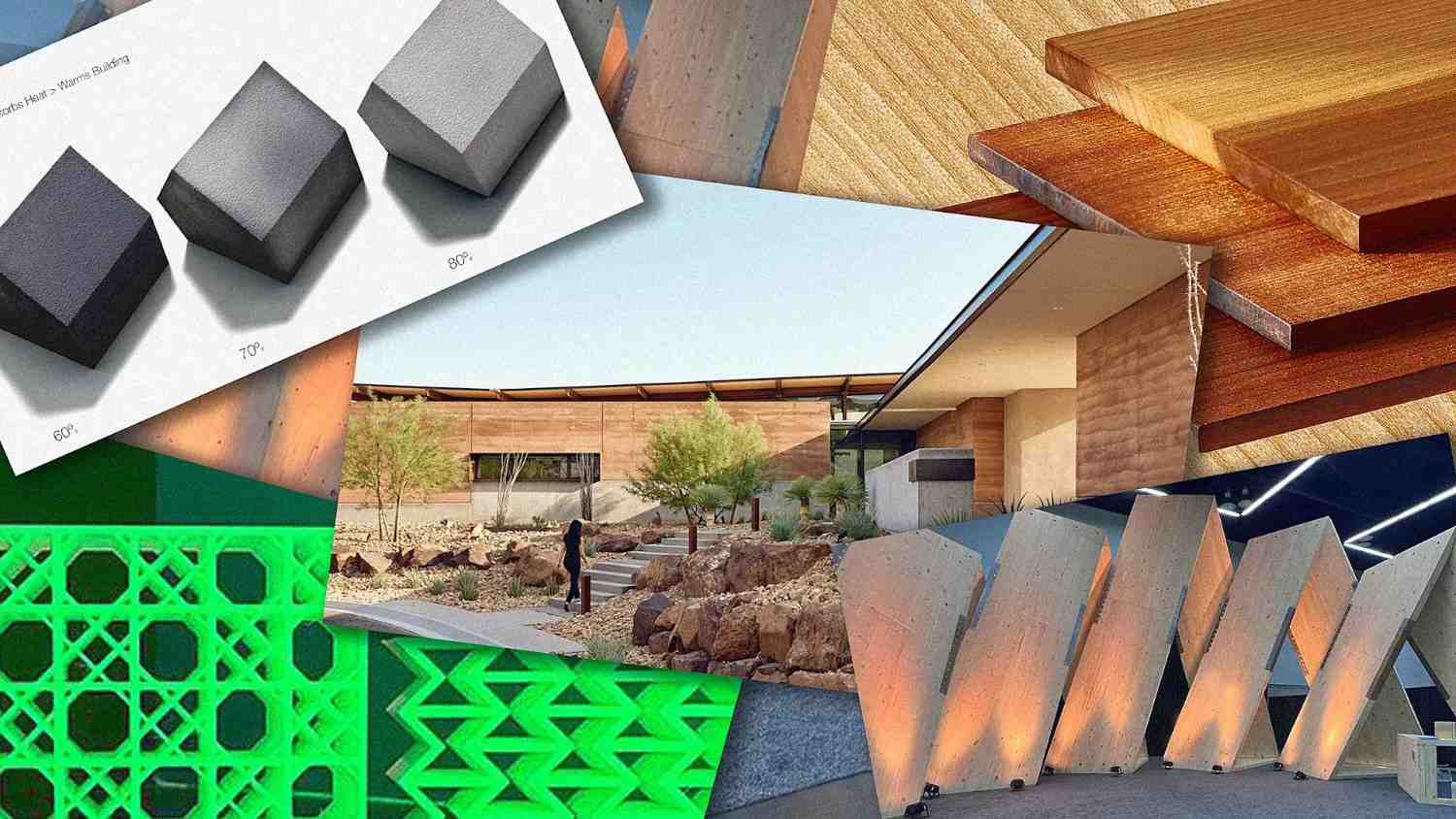- | 8:00 am
Welcome to the brand new rules of advertising
The recent Cannes Lions International Festival of Creativity embodied the dawn of a new era for marketing. Here are the four new rules of brand-building and business growth.

Change happens slowly—until it doesn’t.
In 2011, the Cannes Lions International Advertising Festival changed its name to the Cannes Lions International Festival of Creativity due to, according to organizers, the evolution of the industry. The traditional definition of advertising didn’t apply anymore—justifiably so at the time.
This year marks the 13th year since then. That happens to be one full, 12-year Zodiac cycle. Long enough for changes to take place and settle in, before new ones slowly take over.
At Cannes this year, the signs of the new era were everywhere, especially outside the Palais. The old ecosystem of creativity that was contained there has spread to a slew of universes across the beach, hotel suites and rooftops, or private villas up in the hills.
What everyone was looking for this year wasn’t the next Big Idea that would disrupt the industry, but the next Scalable Model that marketers can rinse and repeat for their next respective phases of growth.
Twelve years ago, I happened to have written a piece for Fast Company called “The End of Advertising As We Know It—And What to Do Now,” directly after Cannes Lions that year, predicting the change we were about to go through. A full 12 years later, I again see multiple shifts happening before us. It’s the beginning of a new era and that requires a new set of rules.
Based on what I observed at the festival, across award-winning work and elsewhere, here are the four Brand New Rules for the next cycle.
RULE 1: FROM PEOPLE STORY TO PRODUCT STORY
In the Old World, brands used to tell Brand Stories to connect with their audience emotionally. A dozen years ago, as mobile and social media took a strong foothold across the Internet, “brand stories” shifted to “people stories.” Instead of talking about themselves, brands used their power and reach to reflect real people and their stories. That helped them be more authentic and purpose-led.
Brand storytelling is shifting again but this time towards product stories.
A common trait underneath some of the strongest work, such as “Ketchup Fraud” for Heinz, “Meet Marina Prieto” for JCDecaux, and “Transition Body Lotion” for Vaseline, is that they are not brand or people stories. They are reflections of the brands’ products.
Outside of Cannes, we’ve seen multiple product stories become internet sensations, especially on TikTok. Videos about how much stuff Uniqlo’s shoulder bag can carry, or how a Stanley mug cup survived a car fire are all product stories that reflect the truth about their products and, therefore, brands.
RULE 2: FROM EMOTIONAL CONNECTION TO TRUSTED DIFFERENTIATION
What is one commerce service we can’t live without? For most of us, the answer is Amazon. Would any of us think of Amazon as a brand? The answer is likely a no.
As we all know, Amazon has an enormous reach, awareness, and affinity. That doesn’t come from an emotional connection because of brand or people stories, but from the unparalleled convenience that Amazon affords us. We trust Amazon and have now become dependent on it.
Unlike many consumer brands that tap influencers and creators with millions of followers to act as media, Yeti is a brand that has built its Trusted Differentiation by embracing regular people with specific outdoor domain expertise. Their social following is modest at best but their knowledge of a given interest, say, fly fishing, is deep, unquestionable, and most importantly, trusted. What Yeti is aiming for isn’t rapid growth. Over the last seven years, it has tripled its revenue from $500M to over $1.5BN. Steady and sustained growth takes time and patience but is more meaningful.
Emotional connection used to be the golden ticket to brand-building. While emotion plays a powerful role in storytelling, brands and businesses must strive for trusted differentiation of their products to stand out and not just capture but retain their customers.
RULE 3: FROM BRAND ECOSYSTEM TO BRAND UNIVERSE
One of the reasons Cannes Lions dropped the word “advertising” was because of work like Nike Fuelband. The brand worked with agencies to build a brand ecosystem of connected services. Putting the customer at the center, Nike and others tried to surround their customers and audiences with multiple touchpoints and let them live in their ecosystem.
However, it proved to be labor-intensive and expensive to create and maintain a brand ecosystem.
Tech companies started to offer similar better services that consumers could rely on or even prefer.
On top of that, the landscape became infinitely fragmented. Each fragmentation was its own universe, i.e. YouTube, Instagram, TikTok, Reddit, Twitch, etc. They are further segmented by age range or interest area and with their idiosyncrasies.
Case in point, Nike stopped trying to build its brand ecosystem and is now partnering with Strava, expanding its reach to another universe. This allows Nike to break into and grow a new audience without having to constantly attract more users to its ecosystem.
Brand universes don’t always need to be technology-driven. Loewe’s recent collaborations with Japanese artists such as Hayao Miyazaki of Studio Ghibli and ceramic studio Suna Fujita show how a brand can enhance itself by collaborating with and expanding into unlikely new universes.
In the new era, we don’t need to build everything ourselves. Look for a new universe where your brand can step into and grow in imaginative ways.
RULE 4: FROM SCALABLE MODEL TO REPEATABLE SYSTEM
This brings me back to the first question all marketers are asking: What is the next scalable model?
Bad news: Stop looking for it. It doesn’t exist.
Just like the event of Cannes Lions itself, the market has become so fragmented, that there is no one model that fits everyone, or one epicenter of gravity.
At the same time, it’s impossible to be everywhere. In the marketing world, the constraint comes from time, resources, and working capital. We need to be selective. If we were to show up every day—and many brands need to do so these days—LinkedIn may be a better place for your brand than TikTok.
It is so easy to overestimate the importance of one Scalable Model and underestimate the value of connecting and communicating with your audience in small doses on a daily basis. In other words, a repeatable system.
It’s similar to how we, as humans, grow and transform ourselves by forming a habit.
Create a repeatable system that you and your organization can start today and sustain over time. You might need to try a few different systems until you find the one that fits your brand’s needs and equally importantly, abilities to execute and sustain.
Many of these shifts were happening slowly over time. A twelve-year, Zodiac cycle later, we are suddenly in a new era. These four principles can help us decode the new world order and show us a way forward.
Your brands and organizations need to relentlessly focus on your products, features, and stories. Be clear about what differentiates them and build a system that allows your team to grow and expand your brand universe.
Rei Inamoto is the Founding Partner of I&CO, a global innovation firm based in NY, Tokyo, and Singapore.







































